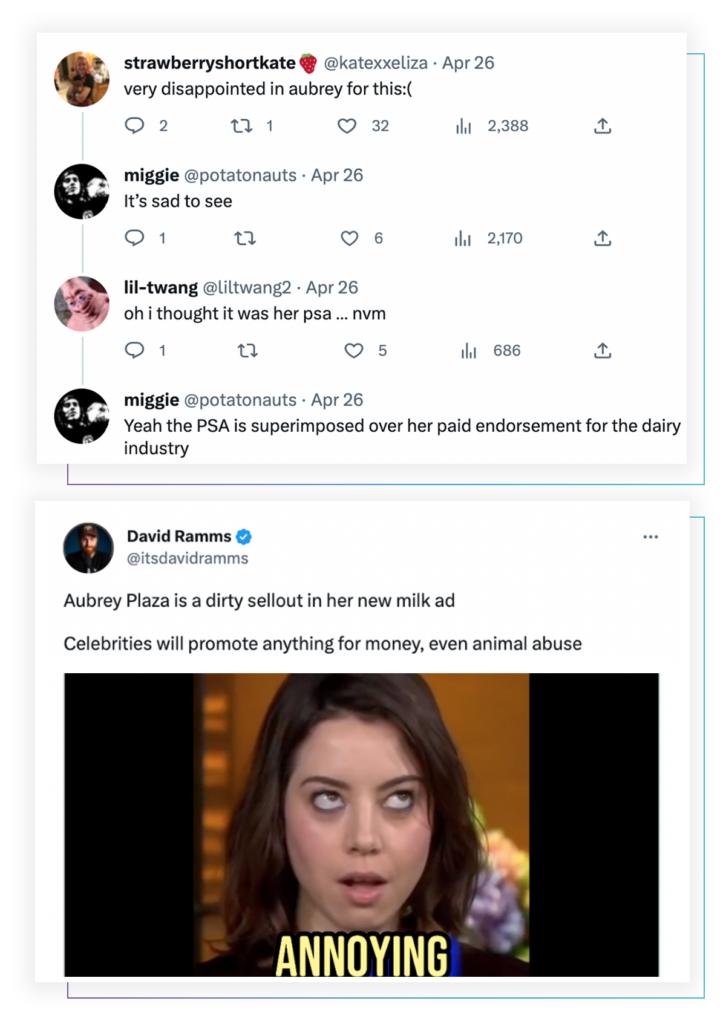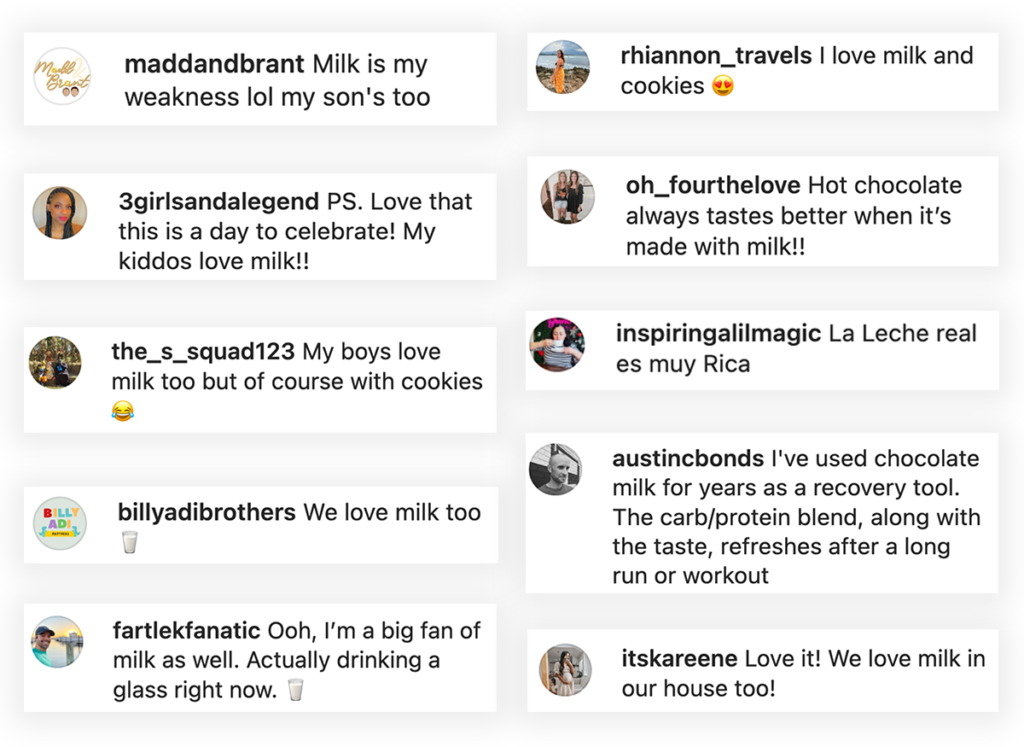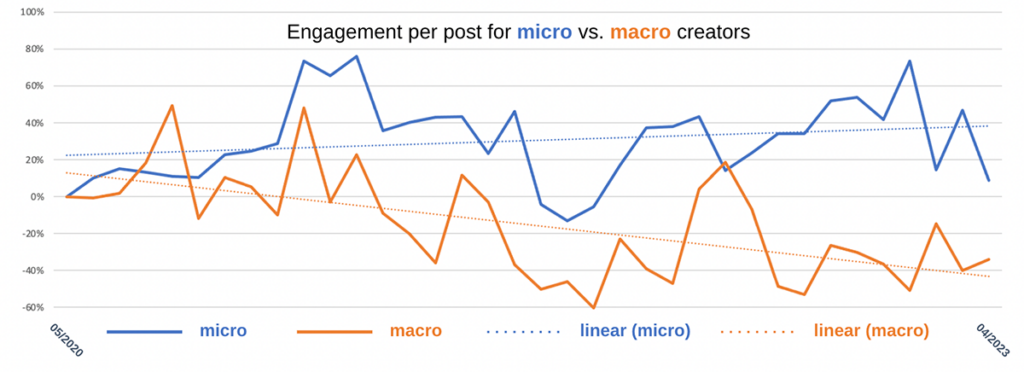


Welcome to this month’s edition of our newsletter “If Brands Put People First” where we pop up in your inbox monthly with our analysis of campaigns, advertisements, and commercials from brands that we think could make a major impact if they used real people, with real stories, to achieve real results.
In this month’s newsletter we compare and contrast the differences between mega influencers and microinfluencers, with a specific focus on avoiding “say-for-pay” personalities and recruiting and empowering honest, enthusiastic, and authentic influencers in your marketing.
Two kinds of influencers
In January, we kicked off our issue of “If Brands Put People First” with a quote from William Shakespeare. This month, we once again seek guidance from the Bard as we reinforce the value of influencer authenticity.
And, yes, you may be surprised to hear that Shakespeare has something to say about influencer marketing, but let’s be frank: if Shakespeare were writing today, instead of Hamlet, we’d almost certainly have Instagramlet — and speaking of Hamlet, it’s from whence today’s guiding principle comes:
“This above all: to thine own self be true.”
It’s pretty well known that the influencer landscape is made up of two kinds of people: the mega influencer and the microinfluencer. You might call them the corporate influencer and the mom-and-pop influencer. The mega influencer — the corporate behemoth — is a well-compensated individual that makes their living promoting whatever brand will pay the bills, while the microinfluencer — the corner store of social media — is motivated by a true belief in the brands they choose to support.
The freedoms and limitations are clear: when you’re making a living promoting products, you lose the flexibility to stand behind the brands you truly trust and admire. Smaller influencers, on the other hand, aren’t relying solely on their content to make ends meet — and this casts them in a more relatable and authentic light.
Let’s consider, for example, a recent campaign which featured celebrity personalities, including Aubrey Plaza promoting traditional milk on Instagram. Celebrity endorsements are a perfect example of mega influencer content that is viewed as “say-for-pay,” or, content from high profile individuals who are handsomely-paid to say…well, whatever they’re paid to say. Consumers are astute, and these kinds of endorsements are often seen as exactly what they are: paid ads, inspiring negative backlash for both the creator and the brand. Here are a few examples of the pushback that Plaza received:

In the end, more than 80% of the responses to Plaza’s post were negative, calling out the actress for a willingness to say-for-pay. The onslaught was so aggressive, in fact, that she disabled all comments on her Instagram profile (unfazed, the critiques continued on Twitter).
But, what about people that do like milk?
In contrast, People First partnered with the California Milk Processor Board (CMPB) to recruit influencers with authentic stories about their experiences with real milk for a campaign with a similar goal. More than 92% of the comments responding to the posts in this campaign were positive, expressing sentiments of love, joy, and trust. Here are some common types of comments from the conversation inspired by the stories:

The difference, of course, is that the smaller influencers’ audiences were composed of friends, family, and others with whom the creator has a real connection and with whom they share affinities and parts of their identity. In this particular case, an overwhelming number of the comments under creators’ posts read “I like real milk too!” indicating that the post resonated with audiences who, like the creator themself, appreciated an opportunity to express their shared affinity for real milk.
Recent social media research further reinforces this point: according to our analysis of over 3 million creator and sponsored posts, engagement rates among macroinfluencers have declined over the last three years. Microinfluencers, in contrast, have seen a compounded monthly growth rate of 0.45% in engagements per post during the same three-year period.

So what’s the moral of the story? Authenticity leads to connection and connection leads to positive brand association. So when it comes to milk — or any other influencer campaign, for that matter — skip the mega and stick with the micro, and remember: this above all, to thine own self be true.
That’s the power of putting people first in your marketing.